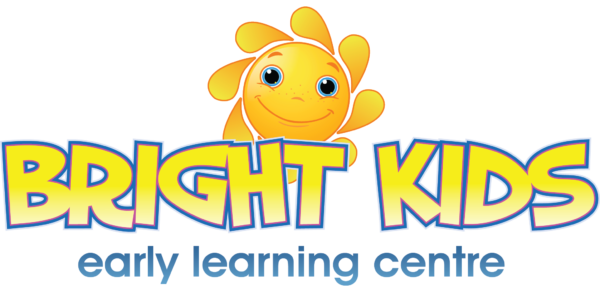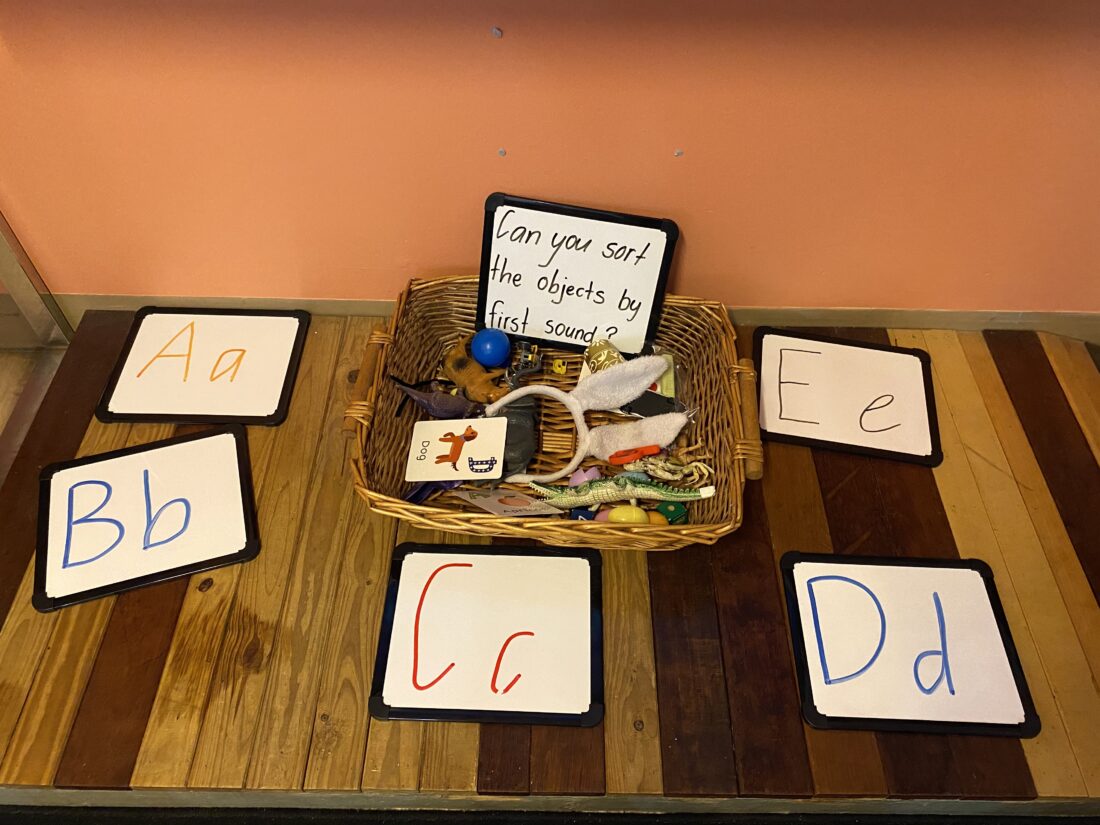Letter Recognition in Sea Turtles
Alphabetic recognition is sometimes called letter recognition or letter identification, but all three terms have the same meaning.
Letter recognition activities refer to the ability to visually recognize letters of the alphabet.
This includes the ability to name each letter and match that letter name with its written form, both upper and lower case.
Alphabet recognition also includes the ability to distinguish between similar looking letters, like C/G, M/W, d/b and p/q.
Having a mastery of letter names can make learning letter sounds easier for young readers.
The sounds of many letter names are closely related to the sound the letter sounds.
For kindergarten children aged three to five years, both the Queensland kindergarten learning guideline (QKLG) and the Early Years Learning Framework (EYLF) support the learning of sounds and letters when children show interest.
These documents recommend intentional teaching of letters, sounds and the relationships between them (Queensland Curriculum and Assessment Authority 2010)
Sea Turtles…
have been focusing on 5/6 letters in sequence, each week this month.
Each week starts off with children identifying objects out of the alphabet basket and sorting them into their letter families.
The children are then introduced to how each letter looks in Capital and lower case using the Queensland Beginners font.
Each day Intentional teaching experiences are provided encompassing a variety of learning areas.
This months favourite experiences have been:
- fished for magnetic letters in the sensory trays;
- playing I-spy at the Alphabet garden table;
- making letters out of playdough;
- participating in daily alphabet yoga;
- listening to letter stories and rhymes; and
- using the track and trace alphabet cards.
The intentional teaching of letter–sound connections through engaging in stimulating, meaningful, child-centred language and literacy experiences enhances children’s literacy learning (Cabell et al. 2008). Research by Campbell, Torr & Cologon (2012) also supports the intentional teaching of phonics through play-based experiences, including multiple experiences with oral language.
That’s all from me, until next month.
Miss Patti
Also please follow our Facebook and Instagram Pages and stay up to date.


